Fallingwater Historical Marker
Introduction
Text-to-speech Audio
Fallingwater is a beautiful home positioned in the Laurel Highlands of Pennsylvania on Bear Run (National Archives and Records Administration). The home was designed in 1935 during the Great Depression by famous architect, Frank Lloyd Wright, known for his intriguing buildings that have been considered works of art (Edgar Kaufmann Jr.). Wright was commissioned by a wealthy family in Pittsburgh, the Kaufmanns, who wanted the architect to build them a country home on their plot of land. Fallingwater was owned by the Kaufmann family and used as a weekend retreat. After the Kaufmann’s deaths, their son took over the property for a few years until giving it over to the Western Pennsylvania Conservancy. Since 1994, Fallingwater has been designated as a Historical Landmark and UNESCO World Heritage site for the ways that Frank Lloyd Wright revolutionized architecture, by effortlessly joining it with nature (The Historical Marker Database). Today the Western Pennsylvania Conservancy still owns, operates, and maintains the property, offering its unique beauty to be enjoyed by the public.
Images
Fallingwater Home
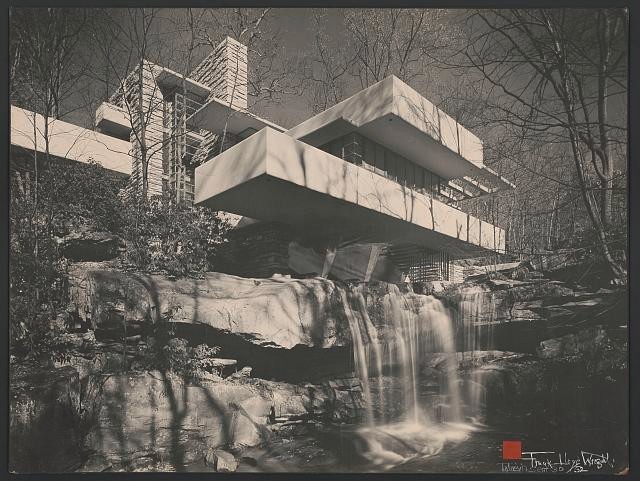
Edgar J. Kaufmann
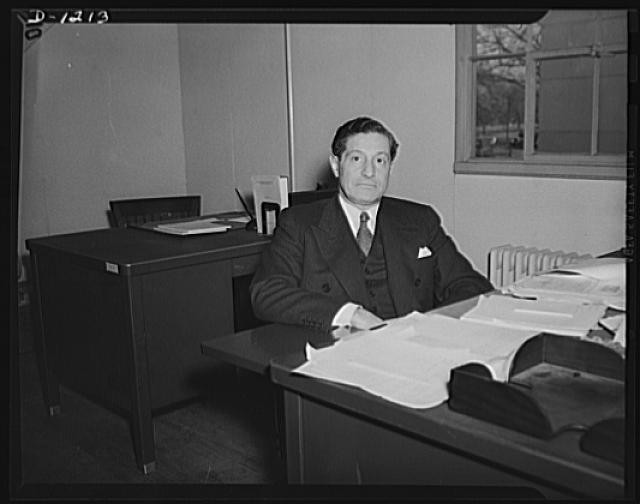
Taliesin Fellowship
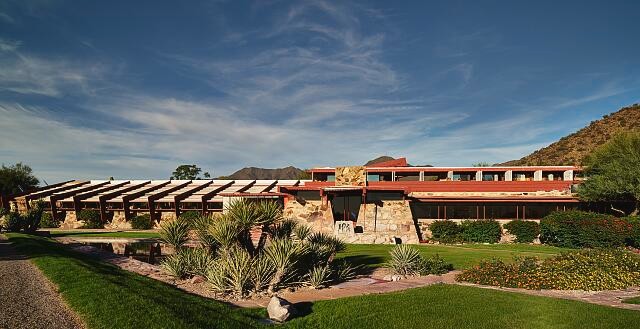
Frank Lloyd Wright
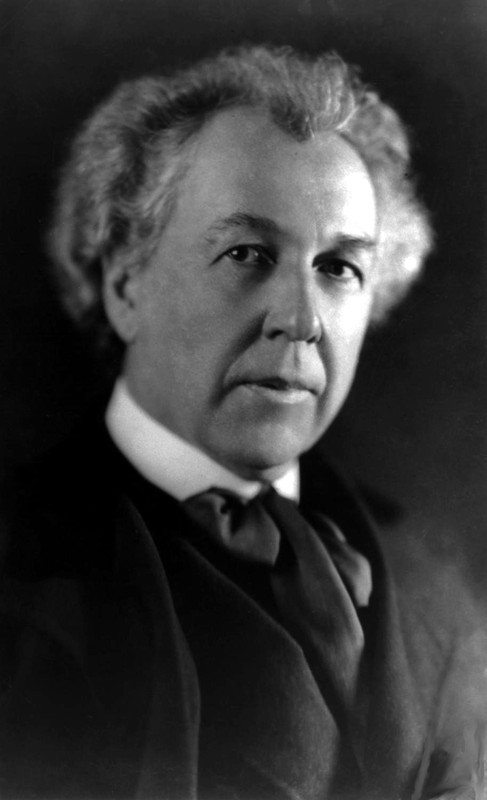
Fallingwater Historical Marker
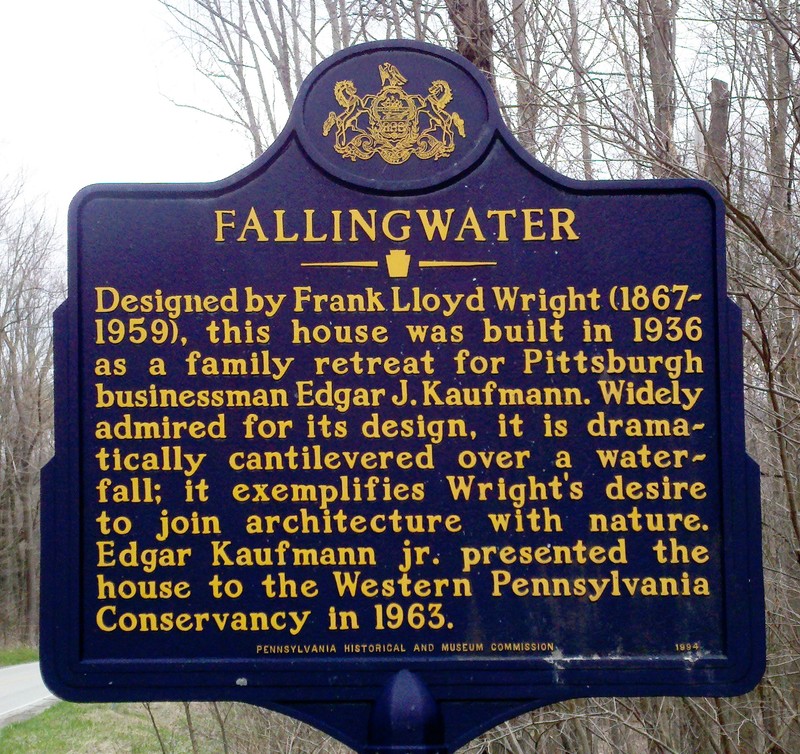
Backstory and Context
Text-to-speech Audio
This portion will provide anyone interested with a deeper knowledge of Fallingwater, as well as the people and organizations associated with the home. To provide a solid understanding regarding the backstory of Fallingwater, this reading will provide information on Frank Lloyd Wright and the Kaufmann family. The history of Fallingwater, including the past uses of the property and its plot of land when the Kaufmann’s owned it, will also be discussed. Additionally covered, is the ways the property is currently utilized by the Western Pennsylvania Conservancy.
Frank Lloyd Wright was born in 1867 to Anna Lloyd Jones, an immigrant from Wales, and William Russel Cary Wright, a musician and preacher (The Kaufmanns' & Fallingwater). Growing up wasn't easy for the young architect, having a life full of both good and bad influences that he carried throughout his life. An example of this come from Wright's teenage years. As a teenager Wright witnessed a traumatic event which influenced his building techniques and practices throughout his life, evident in Fallingwater’s construction. Wright, walking past the newly constructed section of the Wisconsin State Capital, bore witness to its collapse resulting in six deaths and over twenty injuries. This mentally scarred Wright throughout all his life, influencing how he built. He believed the issue causing the structural failure was the architect’s poor designs, and careless construction. This failure wasn’t the architect’s fault though; it was the contractors who filled the foundation’s walls with rubble rather than concrete, which collapsed under steel beams. Of course, there were also positive influences within Wright’s life that influenced his projects. In Wright’s novel “An Autobiography”, and “Fallingwater A Frank Lloyd Wright Country House” by Edgar Kaufmann Jr, the joy and fascination Wright found studying Japanese architecture is described. Wright was fascinated at how Japanese culture would seamlessly combine architecture with nature so the two worked in harmony. Kaufmann Jr discovered Wright’s interest in Japanese architecture through the Taliesin Fellowship, another positive influence in the architect's life. Taliesin is talked about extensively in Herbert Jacob’s book “Frank Lloyd Wright: America’s Greatest Architect” where it’s described as a way of life rather than just a mere school or office to learn and work in. The Taliesin Fellowship was a way that young and aspiring architects could have the opportunity to work under Frank Lloyd Wright. The apprentices working at Taliesin were also sent to different locations Wright was working on, tasked with overseeing the construction, making sure that everything operated how Wright would want it. It is even talked about by Kaufmann Jr in his book that during the construction of Fallingwater, Wright was notably absent; therefore, he sent over apprentices from Taliesin to oversee the home’s construction.
Of course, none of this would have happened had Fallingwater not been commissioned by the Kaufmann family to replace their small cottage near Mill Run within the Laurel Highlands (The Kaufmann's & Fallingwater). The Kaufmann family consisted of Edgar Jonas Kaufmann and Liliane Sarah Kaufmann, and their son Edgar Kaufmann Jr. According to the family biography, from Fallingwater’s official website, the Kaufmann’s were a prominent and wealthy family in the Pittsburgh area. The family owned the successful Kaufmann’s Department store, originating in Pittsburgh with locations across the eastern side of the United States. The store remained a prominent and active part of the Pittsburgh area until it officially closed in 2006, being bought out by the Macy’s corporation. Edgar Kaufmann acquired his family's business when his father and uncles asked him to take over in 1910. He was also an avid outdoorsman who frequently enjoyed hiking and horseback riding in Connellsville, PA due to its beautiful scenery. This is interesting because Connellsville is relatively close to where Kaufmann had Fallingwater constructed. Edgar’s wife, Lillian Kaufmann, was interested in fashion, art, and aesthetics. She had a prominent role in the redesigning of the department store’s 11th floor, at the Pittsburgh store, into what was known as the “Vendome Shops”, inspired by the Vendome in Paris. Her love for fashion, art, and aesthetics is also the driving force behind the interior designs and atmosphere of Fallingwater. Edgar and Lillian’s son, Edgar Kaufmann Jr, had a love for the arts, leading him to spend time in Europe studying painting with a family friend. Kaufmann Jr returned to the States in 1933 intent on living in New York City and pursuing painting. This changed in 1934 when a friend recommended that he read “An Autobiography” by Frank Lloyd Wright (Kaufmann). Inspired by Wright’s writing, Kaufmann Jr traveled to Taliesin to work as an apprentice under the famous architect. He spent 6 months at Taliesin, which was the catalyst for introducing Wright to the Kaufmanns', while they were visiting in November of 1934. During their visit, Edgar Kaufmann found himself to be inspired by the work and ideas of Frank Lloyd Wright, much like his son. Kaufmann would sometimes even ask for advice from Wright when working on the many projects to improve Downtown Pittsburgh’s business districts. The relationship between these two men wasn’t always perfect though. According to Kaufmann Jr, there were many arguments between Kaufmann and Wright regarding the design and construction of Fallingwater. Edgar Kaufmann originally wanted Fallingwater further up the hill, looking over the waterfall and creek. Not sitting directly above it. Kaufmann also worried following the construction of Fallingwater when he had noticed cracks within the foundation. Wright assured him, it was just the foundation settling into place. Nevertheless, after that visit to Taliesin in 1934, Kaufmann found himself to be so inspired that it wasn’t long until he commissioned Wright to build a new home in the Laurel Highlands to replace their family’s old cottage.
According to Kaufmann Jr’s book “Fallingwater: A Frank Lloyd Wright Country House,” even before Fallingwater’s construction, the plot of land was frequently used by the family. Before the Kaufmanns' though, the falls at Bear Run were previously used by various Masonic groups as early as the 1890’s. In 1916, the Kaufmann family utilized the land at Bear Run to host camps and retreats for their department store employees. The Kaufmanns' enjoyed this area so much that by 1921 they built a small cottage, eventually purchasing the land in 1933, just one year before meeting and commissioning Wright. Once construction of Fallingwater was underway, the project faced interesting challenges. Fallingwater wasn’t the only project that Wright was working on; this meant Wright had limited time he was able to spend on site. On top of this, the labor force that had been tasked with stonework and concrete needed training in Wright’s techniques. Also, the contractor Wright chose to oversee the labor force, concrete, and stonework was somebody that Wright had never met before. To ensure that construction went according to how Wright wanted it, he sent apprentices from Taliesin to oversee everything and to assist the labor force and contractor with carrying out the project. As stated above, there were also cracks that began to form within Fallingwater’s foundation throughout its construction. Wright never worried though, as he believed they would never cause the architectural structure to fail. This was proven when a vicious tornado hit Bear Run but left Fallingwater’s structure almost untouched. The Kaufmann’s intended to use Fallingwater as a weekend home but soon found many other uses for it as they spent more and more time there. Fallingwater was utilized by the family to host exhibitions, such as one in 1963 from the Museum of Modern Art. They even hosted prominent figures during a discussion with high level advisers to the New Deal and prominent members of the Jewish community, such as Albert Einstein. For the Kaufmann family, Fallingwater was more than a weekend home, it was a place to conduct business, a place that formed a lifelong friendship between two extraordinary men, and a location that was dear to the Kaufmann family before the actual home was even constructed.
By 1952, Lillian Kaufmann died at Fallingwater as their son, Kaufmann Jr, talks about in his book, there being a dark shadow over Fallingwater with the memory of her tied there (Kaufmann). In 1952, Edgar Kaufmann’s health was also deteriorating and due to this he knew something must be done to ensure Fallingwater’s legacy and beauty can live on. Prior to Edgar Kaufmann’s death in 1955, Kaufmann Jr describes the many in-depth conversations regarding his father’s wishes for the home and its future. After death, Kaufmann wanted his son to turn Fallingwater over to the Western Pennsylvania Conservancy. Following his mother and father’s deaths though, Kaufmann Jr continued to spend weekends at Fallingwater as it gave him happy memories to rely on during that period in his life. By 1963, Kaufmann Jr fulfilled his father's wishes by turning the property over to the Western Pennsylvania Conservancy so that Fallingwater could be enjoyed by everyone. Today the property is still owned and operated by the Western Pennsylvania Conservancy, who have provided extraordinary care and attention to preserve the home. Providing repairs to the structure whenever necessary, like keeping constant attention and care on the cracks that bothered Kaufmann. As Wright predicted, the cracks never caused any type of structural failure, but care and attention keep this from ever becoming reality. The Western Pennsylvania Conservancy offers virtual and in person tours, and even private tours, ensuring that all fans of Frank Lloyd Wright's work can enjoy this revolutionary country home.
Sources
Wintermantel, Mike. Fallingwater, The Historical Marker Database. April 17th, 2011. Accessed December 10th, 2022. https://www.hmdb.org/m.asp?m=41785.
, Department of the Interior National Park Service. Pennsylvania SP Fallingwater, National Archives Catalog. July 23rd, 1974. Accessed December 10th, 2022. https://catalog.archives.gov/id/71996566.
, Western Pennsylvania Conservancy. The Kaufmann Family, Fallingwater. Accessed December 10th, 2022. https://fallingwater.org/history/about-fallingwater/the-kaufmann-family/.
Jacobs, Herbert Austin. Frank Lloyd Wright: America's Greatest Architect. Norwalk, CT. Easton Press, 1991.
Kaufmann Jr, Edgar Jonas. Girouard, Mark. Fallingwater, A Frank Lloyd Wright Country House. New York, NY. Abbeville Press, 1986.
Wright, Frank Lloyd. An Autobiography. Quartet Books Ltd., 1977.
https://www.loc.gov/pictures/resource/ppmsca.54499/
https://commons.wikimedia.org/wiki/File:Frank_Lloyd_Wright_LC-USZ62-36384.jpg
https://www.hmdb.org/m.asp?m=41785
